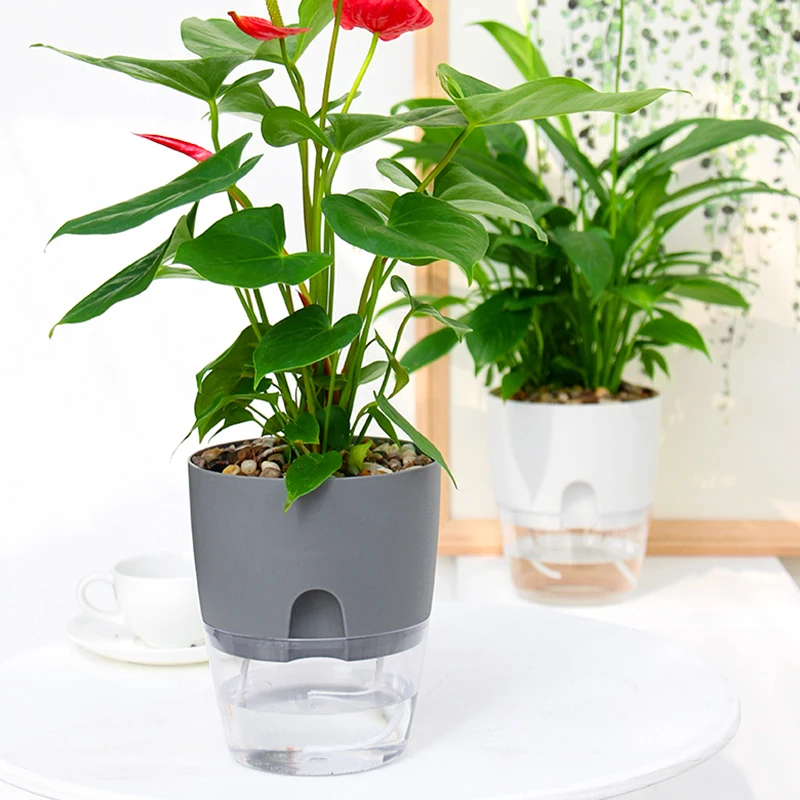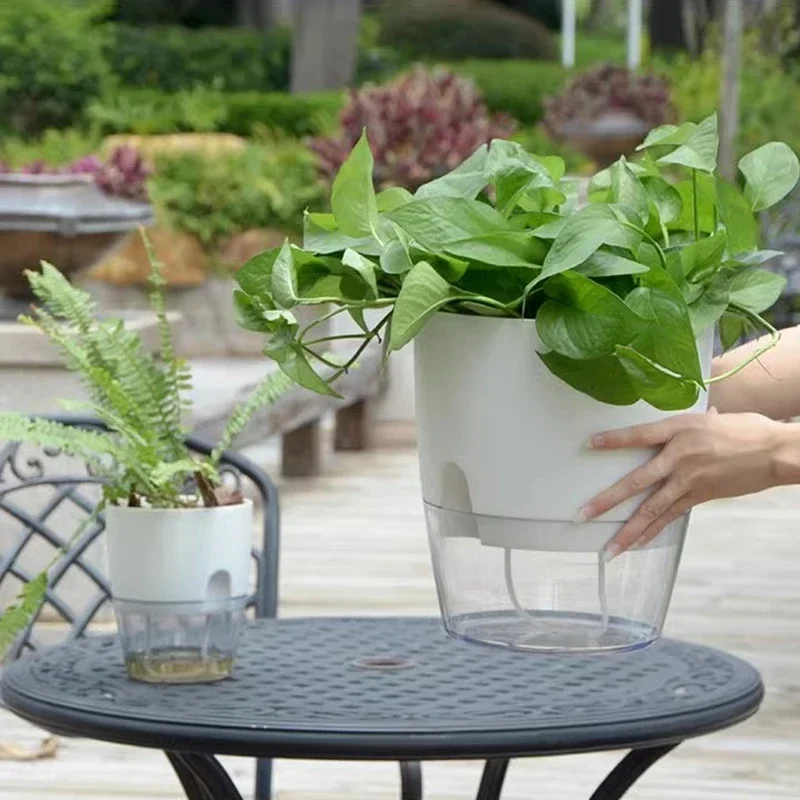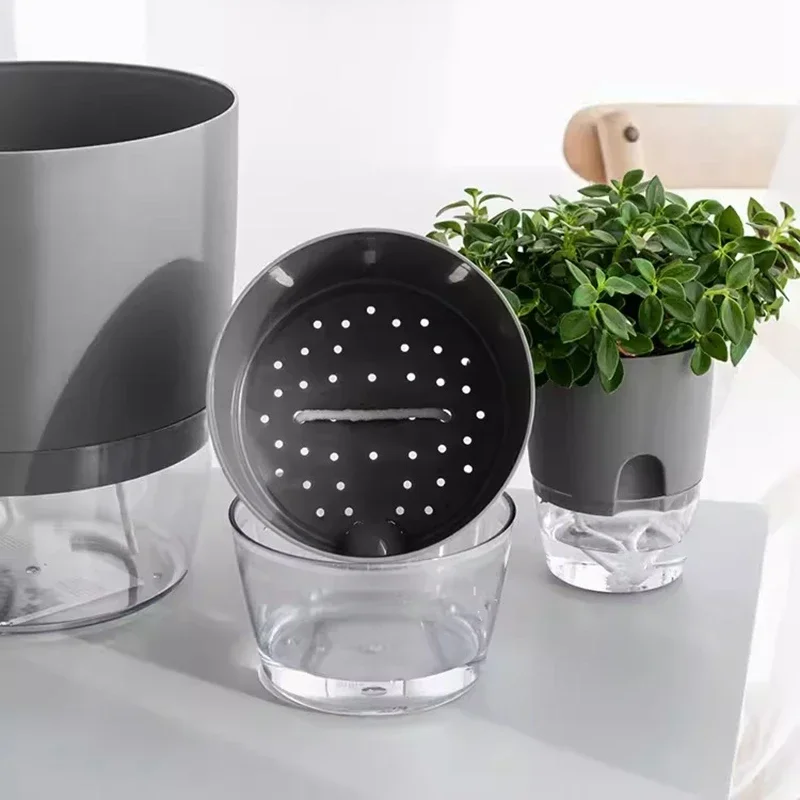Introduction to Chipmunk Behavior
Chipmunks, often admired for their cute appearance and lively behavior, can sometimes become a nuisance when they dig in flower pots. Understanding the reasons behind their behavior is crucial to effectively managing and preventing it.
Natural Instincts and Behavior Patterns
Chipmunks are natural diggers and foragers. In the wild, they dig burrows for shelter and food storage. This instinct drives them to explore and dig in various places, including flower pots, where they might seek food, shelter, or simply investigate new environments.
Seeking Food Sources
One of the primary reasons chipmunks dig in flower pots is to search for food. They are omnivorous and opportunistic feeders, consuming a variety of nuts, seeds, fruits, and insects. Flower pots often contain seeds, bulbs, or roots that chipmunks find attractive, especially during seasons when natural food sources may be scarce.
Nesting and Shelter
Flower pots provide a cozy and protected space for chipmunks to nest. The warmth and shelter offered by pots filled with soil mimic natural burrows, making them appealing nesting sites, particularly for females preparing to give birth or care for their young.

Territorial Marking and Communication
Chipmunks are territorial animals that use scent marking and digging as ways to establish boundaries and communicate with other chipmunks. Digging in flower pots may serve as a way to mark territory or signal their presence to potential mates or competitors.
Seasonal Behavior Patterns
During certain times of the year, such as spring and fall, chipmunks may exhibit more digging behavior in preparation for winter (hoarding food) or during the breeding season (nesting). Understanding these seasonal patterns can help predict and manage their activity around flower pots.
Impact on Plants and Garden
While chipmunks’ digging behavior can disrupt plants in flower pots, it rarely causes significant damage to established plants. However, newly planted bulbs, seeds, or young plants may be vulnerable to disturbance or displacement, affecting their growth and survival.

Social Behavior and Communication
Chipmunks, despite their solitary burrow-dwelling habits, exhibit social behaviors. They communicate through various vocalizations such as chirps, squeaks, and chatters, which help in establishing territories and warning others of potential threats. These vocal signals also play a crucial role in mating rituals and interactions between individuals.
Reproduction and Life Cycle
Chipmunks typically breed twice a year, with mating seasons occurring in early spring and again in early summer. Females, known as does, give birth to litters ranging from two to eight pups after a gestation period of about 31 days. The newborns are blind, hairless, and entirely dependent on their mother for the first few weeks of life. They remain in the burrow until they are weaned and capable of foraging on their own, usually around six weeks of age.
Predation and Defense Mechanisms
As small rodents, chipmunks face predation from a variety of animals including birds of prey, snakes, foxes, and domestic pets like cats. To avoid becoming prey, chipmunks rely on their agility and speed, quickly darting for cover or seeking refuge in their burrows when threatened. They are also known to freeze momentarily, relying on their cryptic coloration to blend into their surroundings and evade detection.

Human Interaction and Conservation
While chipmunks are not considered endangered, their populations can be affected by habitat loss due to urbanization and deforestation. However, their adaptable nature allows them to thrive in suburban environments where suitable habitats and food sources are available. As they are often viewed as charming and non-threatening creatures, chipmunks can bring joy to humans who observe them in backyard gardens or wooded areas.
Prevention and Management Strategies
1. Use Physical Barriers:
- Place wire mesh or hardware cloth over flower pots to deter chipmunks from digging. Ensure the barrier is buried slightly below the soil surface to prevent them from burrowing underneath.
2. Choose Chipmunk-Resistant Plants:
- Select plants that are less attractive to chipmunks for your flower pots. Plants with strong scents like lavender or those with prickly leaves can deter them.
3. Modify the Environment:
- Remove debris and clutter around your garden area to reduce hiding spots for chipmunks. Trim back vegetation and eliminate sources of food, such as fallen fruits or birdseed.
4. Use Repellents:
- Apply natural repellents like predator urine or hot pepper sprays around flower pots. These repellents create an unpleasant environment for chipmunks without harming plants or other wildlife.
5. Employ Traps:
- Live traps can be used as a last resort for capturing chipmunks. Release them far away from your property in a suitable habitat, following local regulations and ethical considerations.
Ethical Considerations and Legalities
When managing chipmunks in your garden, it’s essential to consider ethical practices and local regulations. Avoid using lethal traps or poisons that can harm wildlife and pets. Always prioritize humane methods of prevention and management.
Understanding Chipmunk Behavior
Chipmunks, scientifically known as Tamias, are small rodents belonging to the Sciuridae family. They are widely recognized for their distinct striped patterns and bushy tails. Chipmunks are native to North America and Asia, where they inhabit a variety of environments ranging from forests to suburban areas.
Natural Habits and Characteristics
Chipmunks are diurnal creatures, meaning they are most active during the day. They are agile climbers and skilled diggers, using their sharp claws to excavate burrows in the ground. These burrows serve as their homes, providing shelter from predators and harsh weather conditions. Chipmunks are also known for their hoarding behavior, collecting and storing food items like nuts and seeds in their burrows to sustain themselves through the winter months.
Feeding Behavior
In terms of diet, chipmunks are opportunistic feeders with a diverse palate. They consume a wide range of foods, including nuts, seeds, fruits, berries, insects, and even small vertebrates like baby birds or eggs. This adaptability allows them to thrive in various habitats where food sources may vary seasonally.
Reproductive Cycle
Chipmunks typically breed twice a year, once in early spring and again in early summer. Female chipmunks give birth to litters ranging from 2 to 8 pups after a gestation period of about 31 days. The newborns, blind and hairless at birth, remain in the burrow for several weeks until they are weaned and capable of venturing outside.
Reasons for Digging in Flower Pots
When chipmunks dig in flower pots, several factors may contribute to this behavior:
- Foraging: Chipmunks are natural foragers and may dig in flower pots to search for seeds, bulbs, or roots that they can eat.
- Nesting: Flower pots filled with soil provide a suitable environment for nesting and raising young chipmunks, offering warmth and protection.
- Territorial Behavior: Chipmunks may dig in flower pots as a way to mark their territory or establish dominance over a specific area.
- Exploration: Chipmunks are curious animals and may investigate new objects or areas, including flower pots, out of curiosity.
Practical Tips for Managing Chipmunk Activity
To deter chipmunks from digging in your flower pots, consider implementing the following strategies:
- Physical Barriers: Use wire mesh or hardware cloth to cover the surface of the soil in flower pots. Ensure the barrier extends slightly below ground level to prevent chipmunks from burrowing underneath.
- Plant Selection: Choose plants that are less attractive to chipmunks or incorporate plants with strong scents or textures that deter them.
- Repellents: Apply natural repellents such as predator urine or pepper-based sprays around flower pots to discourage chipmunks from digging.
- Remove Food Sources: Clear away fallen fruits, seeds, or other potential food items that may attract chipmunks to your garden area.
- Humane Traps: Consider using live traps to capture chipmunks and release them into suitable habitats away from your property.
Conclusion
Understanding why chipmunks dig in flower pots and implementing effective prevention strategies can help maintain a harmonious balance between wildlife and gardening. By respecting their natural behaviors while safeguarding your plants, you can enjoy a beautiful garden without compromising the well-being of chipmunks or other wildlife.
